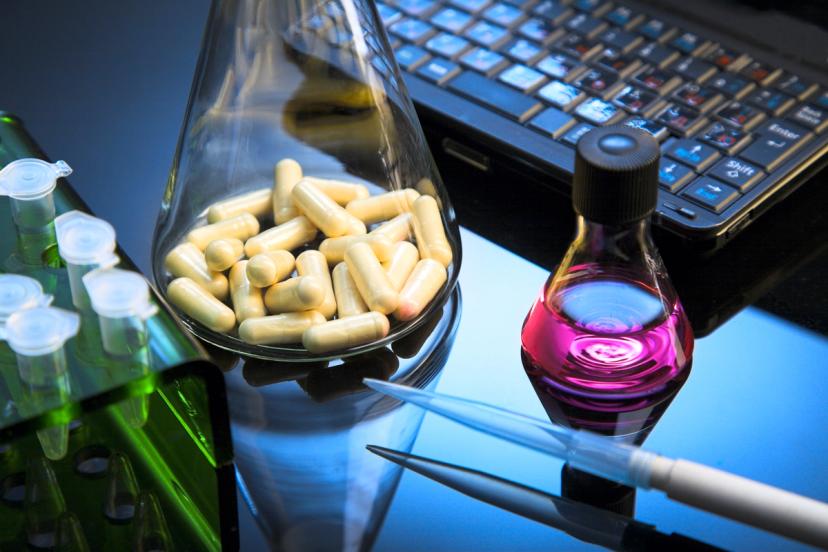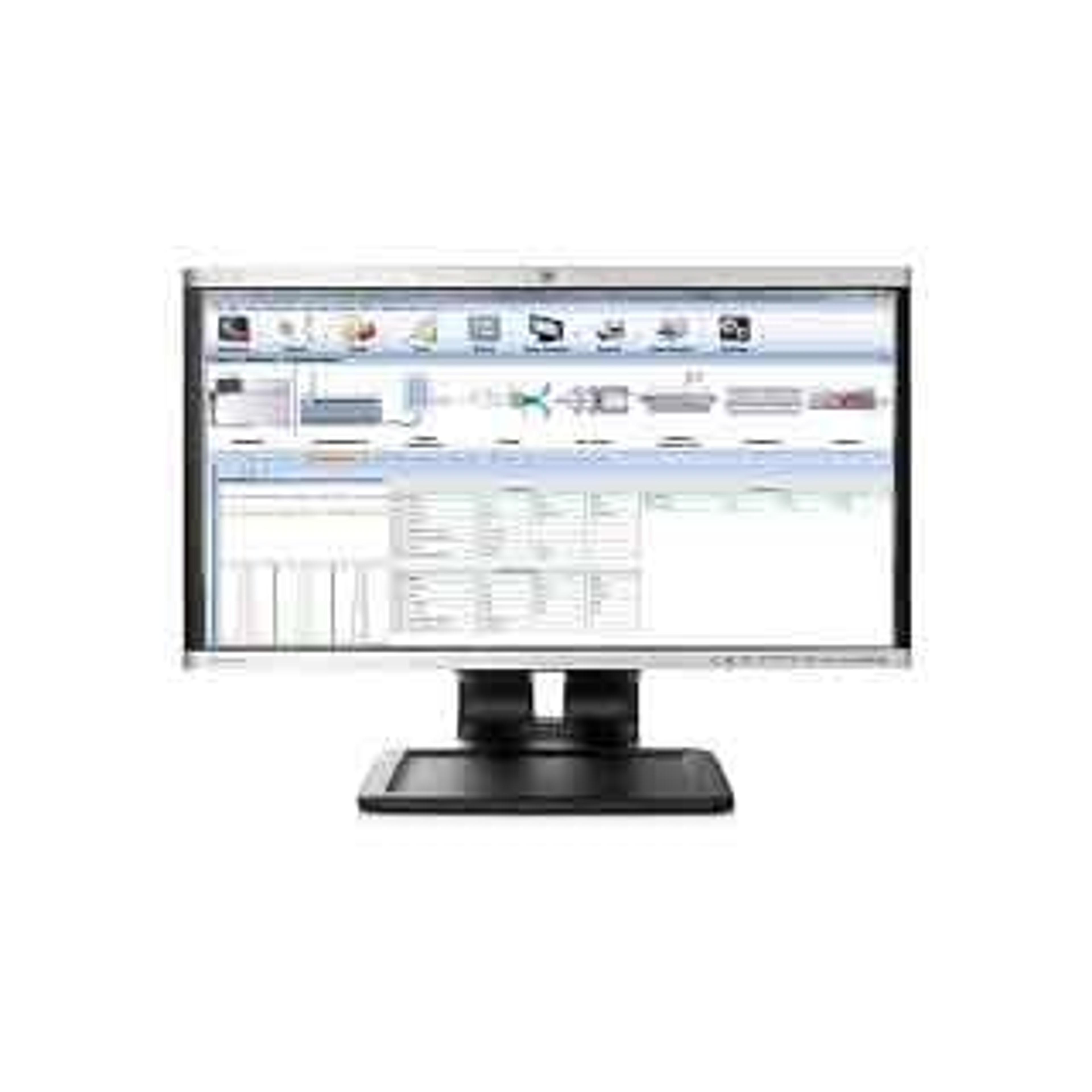Webinar Highlights, Part One: Technology Accelerating Biopharma: Complete Workflow Solutions in Biopharmaceutical Discovery and Development
Read the highlights of the first Q&A session from day one of this exciting webinar series
15 Dec 2015

Read the highlights of the first Q&A session from day one of this exciting webinar series
Protein biopharmaceuticals are being developed at an explosive rate and have attracted great interest from both smaller biotech firms and big pharma. But discovery and development of biopharmaceuticals is difficult. There are many challenges, and scientists must not only stay abreast of advances in knowledge and improvements in technology, but also navigate the maze of shifting government regulations. Making good decisions fast is critical.
In this two-day webinar events series, industry experts from Agilent Technologies discussed sample preparation for biopharmaceutical analysis, enhanced software tools for biopharma analysis and much more. In the first of four seminars across two days, Dr Caroline Chu presented “LC/MS Workflows for Biosimilars & Antibody Drug Conjugates” and Jade Byrd talked about the software solutions for biopharma workflows offered by MassHunter Walkup. Read on for the highlights of the Q&A session, and if you missed them, watch parts one, two, three and four on-demand.
Q: How fast is the processing for the MassHunter Walkup?
A: There are two factors to how MassHunter processes routine samples. Firstly, asynchronous processing is used, so analysis of the next sample begins whilst the analysis of the previous sample is ongoing. Secondly, behavior relating to deconvolution has been optimized. Some options that are available take quite a bit of time to deconvolute the spectrum, so MassHunter Walkup allows the user to dictate where in the spectrum to deconvolute. This speeds up processing as it allows the user and software to really focus on peaks of interest.
Q: What kind of reports can be created with MassHunter Walkup?
A: MassHunter Walkup is a sample submission generation engine, and it delivers data analysis reports from the data analysis system. In the case of BioConfirm, the reports that are available from BioConfirm can be delivered automatically to sample submitters using MassHunter Walkup.
Q: How do you calculate the drug-to-antibody ratio (DAR) value for the antibody drug conjugates (ADCs)?
A: The DAR values are calculated using Agilent’s newly developed software called the DAR calculator.
Q: How many injections can you get with the online deglycosylation chip?
A: You are guaranteed 200 injections with this chip.
Q: Can we purchase chip and MS interfaces and are they compatible with the Q Exactive™?
A: Yes, these can be purchased, and they can be interfaced with any of Agilent’s MS systems. However, they are not compatible with MS systems from any other vendor.
Q: Is the glycan quantification based on EIC-MS only, or is it EIC-MS/MS?
A: The quantitation is based on MS only.
Q: What would the detection limit and purity limit be for the presented technology i.e. HPLC glycan chip?
A: We would expect femtogram amounts on column, equating to picogram amounts detected.
Q: Can multiple potential protein sequences be submitted at the sample submission?
A: In MassHunter Walkup, we alternate being multiple and single samples, and each sample is required to have one expected protein sequence file. If there is interest in doing additional protein sequence files, this can be done using the simple reprocess button available on the sample submitter, where different protein sequences can be evaluated from a single injection.
Q: How can bulk import of multiple samples of different sequences be enabled through MassHunter Walkup, without having to tie a specific sequence to a method and that method to the correct sample?
A: MassHunter Walkup allows biologists to share with MassHunter Walkup what the expected sequence is. Whether you’re doing that with samples one by one or if you have a plate based experiment, every well can have a different protein sequence and that’s expected. The methods can be shared, and it’s not required to have the same method in every well, but method similarities that are often employed are the strategies around the data analysis, things like being consistent in applying MS spectra deconvolution, and it’s very easy to go back and forth being plates and single vials.
Q: Is MassHunter Walkup localized?
A: With MassHunter Walkup, the administration and sample submission user interfaces are in English. However, MassHunter has been designed to work in both Chinese and Japanese operating systems, and Chinese and Japanese characters are accepted in the sample information and method name.
If you missed any session during our two-day webinar event, you can watch all presentations on-demand. You can also visit our dedicated Biopharmaceutical Special Feature for the latest news, products and reviews for biopharma research.


